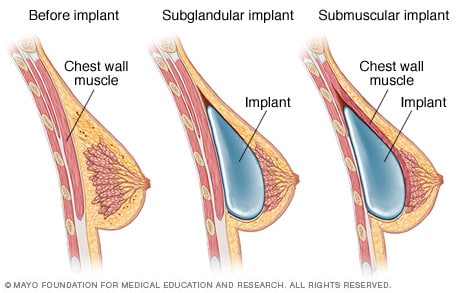
A cold compress can be used to reduce fluid retention. This could be either a wet washcloth, or a chilled spoon. This can be used for up to twenty minutes. Tea bags are another option to reduce fluid retention. Using a cold metal facial roller can also be very helpful.
Salt and sodium
Salt and sodium reductions may be beneficial for those suffering from fluid retention. Reduce sodium intake from processed and packaged foods. Drink plenty of water to eliminate excess sodium. The American Heart Association suggests that adults not consume more salt than 1,500mg per day. However, most Americans consume up to twice that amount.
There are many things that can lead to fluid retention under the eye. The most common factor is high salt intake. This condition can be caused by inadequate sleep, allergies, or hormone changes. You can also find sodium in processed foods, canned beans, and fatty beefs. High intakes of processed foods could also contribute to this condition.
Allergies
An allergy is one of many causes of swelling around the eyes. Angio-oedema is an allergic reaction that can lead to severe reactions. The condition causes swelling of the skin around the eye, which can cause itching and pain. It can also affect the skin around the eyes, the hands, and the feet. It can be triggered by an allergy or by infection. It can also be passed down from one generation to another.

If you have allergies, you may be allergic to certain foods, chemicals, or even pollen. You might also be allergic or sensitive to things in your home like dust and pet dander. Avoiding allergies is the best way to prevent them.
Sun exposure
Limiting sun exposure is the best way to prevent sunburn and under-eye bags. The skin is damaged by the sun's ultraviolet rays, which can damage collagen and elastin. These proteins are essential for skin structure and firmness. Long-term sun exposure can lead to skin dryness and sagging. Mild under-eye swelling can result from this loss of elasticity.
Photokeratitis, which is a temporary condition caused by ultraviolet rays and sun exposure, can also occur. This inflammation causes damage to the cornea, which covers the inside of the eyelid and the white tissue. Living in high-altitude areas is particularly susceptible to this problem. Residents living in high altitude areas are more vulnerable to UV-A rays. This can cause eye damage and vision impairment. The good news about UV-B radiation is that they are absorbed into the ozone layer so are not as damaging to eyes.
Blockage of tear tubes
It is possible to treat a blocked tear duct under one eye. These ducts can be opened with a variety of surgical and non-surgical methods. If you suspect that your tear ducts are blocked, you should consult a doctor to determine the best course of treatment.
The exact cause of blocked tear ducts will vary. Surgery may be necessary to correct the problem. Other treatments include the use of medications and protective eyewear.

Anaphylactic shock
Anaphylaxis is a medical condition in which the body's immune systems attack an allergen. This condition can cause a person to experience shortness of breath, wheezing, and loss of consciousness. It is a serious medical condition that needs immediate attention and treatment. About one in fifty Americans suffer from anaphylaxis. Some research indicates that the actual rate may be higher and could even reach one in twenty people. The allergen can cause symptoms within five to 30 min. Some cases may last longer.
Fluid can buildup in body tissues when the body's immune systems is overwhelmed. This can cause the eyes to swell. Anaphylaxis can be caused by food allergies, medications, or other causes. Anaphylaxis symptoms include wheezing or difficulty swallowing.